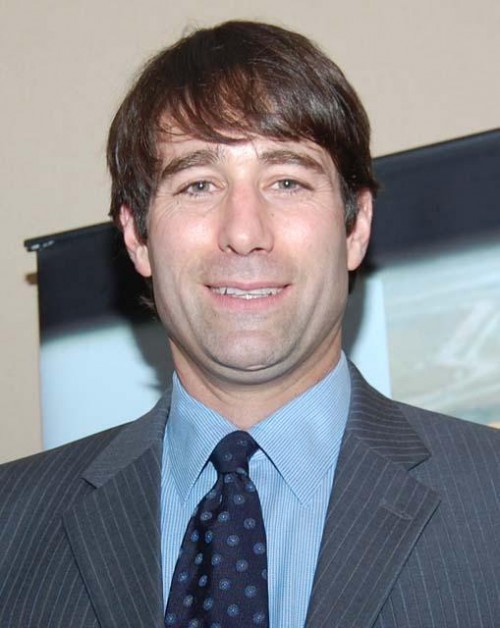Friday, Mar. 19
March 19, 2010Tuesday, Mar. 23
March 23, 2010Area coastlines are starring down the barrel of a loaded gun. It’s sink or swim.
While the state has poured millions in resources into wetland restoration and hurricane protection, it hasn’t been enough. For an age-old problem that is only getting worse, intervention is needed. But so far, the federal government – the entity officials are looking to for help – has been slow to react.
The Army Corps of Engineers, even more sluggish, according to experts.
But things could be changing, starting with the Obama Administration and its willingness – or lack thereof – to lend a hand. If the feds step in, a new package of funding sources could become available, said Garret Graves, chair of the Louisiana Coastal Protection and Restoration Authority.
But overcoming the laborious challenges of federal bureaucracy is harder than meets the eye.
Graves, who now serves as top coastal advisor to Gov. Bobby Jindal, talked about the condition of Louisiana’s coastal restoration and hurricane protection plans at a Restore or Retreat general membership meeting Friday in Thibodaux.
The group is headed by Executive Director Simone Maloz and is celebrating its 10th year of pushing for change on a variety of local issues and restoration projects. And although the year has been full of budget cuts for almost every agency across the nation, “…we’ve had to readjust, but we’re still financially strong and we’re going to keep on keeping on,” she said.
And as many have put it – if the issues aren’t addressed in a timely manner, Louisiana could be bidding farewell to its coastal communities.
About 70 square miles of land is lost in Louisiana each year, according to Graves. “That’s an incredible statistic.”
Nearly 360 square miles of land has been lost in the last five years. “If we were the state of Rhode Island, we would no longer exist. If we were the state of Delaware, we would virtually no longer exist,” touted Graves.
If land loss continues at its current rate, Terrebonne could find itself underwater by 2100, he said.
“We have two choices: We can be proactive and spend a billion or we can be reactive and spend hundreds of billions,” noted Graves. “Those are our two choices.”
To combat the problem, Graves is working closely with the White House in hopes they will understand the importance and urgency in saving Louisiana’s coast. Not only to protect the major oil and natural gas industries that operate in the Gulf of Mexico, but to preserve the area’s culture and its people.
“There’s a reason people live here,” he noted. “You have to have folks to work the energy industry. You have to have people to work the fishing industry.”
In the future, he hopes the numerous groups that are working toward solutions for the coast’s greatest problems will come together and work as one. Part of that will be implementing a master plan for the restoration and protection of coastal Louisiana.
The cumulative effort, which is currently under way, is estimated to cost nearly $100 billion and constitutes one of the world’s largest public works projects.
“So far, we’ve identified $500 billion in programs that we are now going to direct toward our restoration protections,” explained Graves, as he flipped through three pages of organizations all aiming for the same thing – safe, productive and resilient coastal areas.
As an attempt to streamline efforts continues, the states’ efforts to stop hurricane damage are growing fiercer. A two-mile surge barrier was built in the Inner Harbor Navigation Canal near New Orleans and constitutes “…the largest built-designed project in the Corps of Engineers history,” said Graves. “This wasn’t even conceived until after Katrina. This entire project is going to be completed within four years.”
The structure will run about $800 million.
“This is what’s possible,” added Graves. “This is what should be happening everywhere.”
While local efforts are moving forward, it’s now up to the feds to help out, he said.
GARRET GRAVES – With Obama’s support, new funding sources could be option









